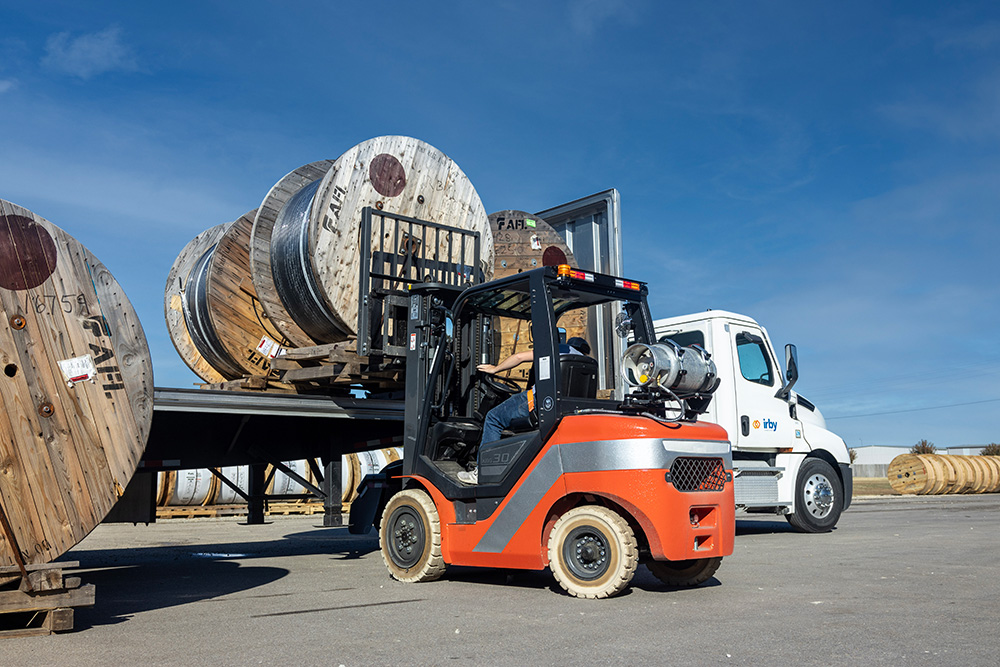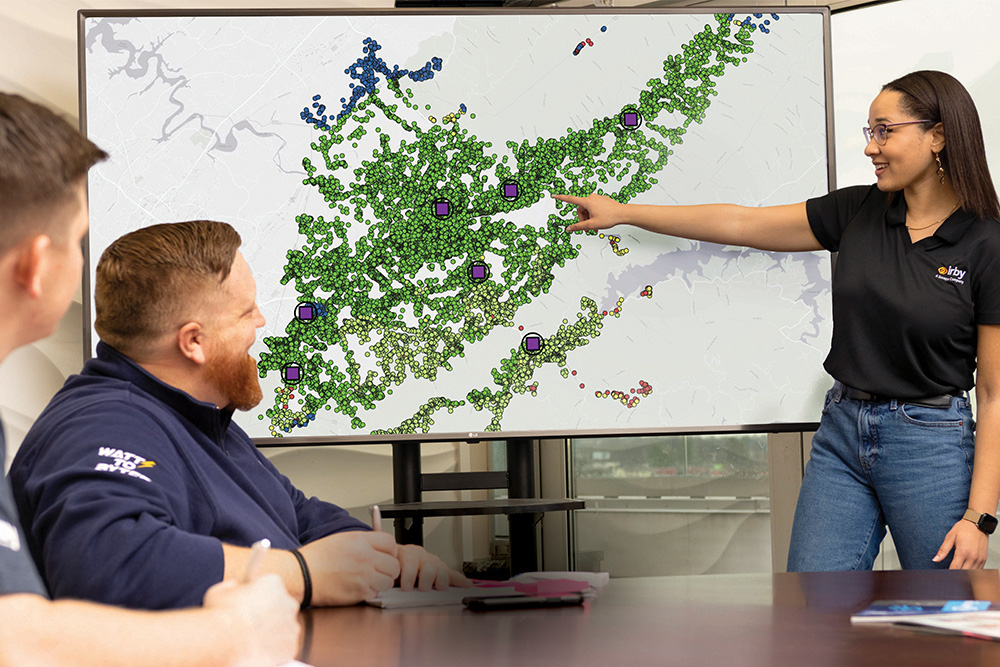Not all analyses are created equal. Look for these concepts when vetting a broadband feasibility study.
Feasibility studies vary widely depending on the administrator, from one-page spreadsheets to presentation slide decks to 30-page detailed documents. Regardless of its size or form, a broadband feasibility analysis should consider the utility’s unique situation and guide the decision about building broadband infrastructure.
Of course, this is easier said than done. Many factors come into play when building broadband, and the study’s administrator must understand them all to reach a valuable conclusion. Lack of experience or expertise may lead to an overstatement of certain variables and an understatement of others, which can greatly influence the study’s result.
So, how do you, the utility, determine which feasibility studies are credible? By knowing what to look for. Here are five key elements that every thorough broadband feasibility study should cover:
Meaning behind the numbers
Where the model breaks
How to sustain your network
What information you should not rely on
A complete, unedited view of your unique situation
Let’s break these down a bit.
Meaning Behind the Numbers
Feasibility studies should guide a decision from a place of knowledge, not numbers. Calculating the take rate needed to break even in X years? Simple—but you’ll need an in-depth analysis to show if/how you’ll get there.
Your feasibility study should answer questions like:
How is my territory currently served?
What are my competitors’ quality of service?
What technologies am I competing with, and to what extent could those technologies scale?
This information is crucial to understanding your utility’s unique advantages and disadvantages when entering the competitive broadband space. Your feasibility study should dive into these topics to develop achievable metrics and an actionable plan to hit them.
Where The Model Breaks
Internet service endeavors should benefit the utility—maintaining the quality, equity, and trust developed with members/customers. Ensure your potential feasibility partner knows how to say “no” to projects that do not serve the utility’s best interests.
Questions to ask:
How do we compare to other projects you’ve done?
What type of projects have you deemed unfeasible?
What change in metrics would make my project feasible/unfeasible?
Without violating any NDAs, understand your potential partners’ past successes. Find out how their past projects—and those they said “no” to—are doing today.
Steps To Sustain Your Network
Even in the feasibility phase, thorough broadband partners consider what will keep the utility profitable and favorable long term. Two of the most critical factors here are material costs and quality of service.

Material costs: As material prices continue to rise, having a reliable supplier in your corner becomes increasingly important. Seek out a partner that supplies and warehouses broadband material themselves (that’s us, by the way) or at least has a long-standing relationship with a reliable, future-focused supplier.
For example, Irby houses over $50 million in broadband inventory across its warehouses, ordering far in advance to stay ahead of supply shortages and price hikes. As your project progresses and deadlines loom close, you will need a dependable supplier that isn’t scrambling for a roll of fiber to keep your crews busy.
Customer service:
As a utility, you’re used to delivering high-quality customer service—but broadband is a different ball game. In a competitive environment where switching providers is as easy as a phone call, best-in-class customer service representatives are crucial to resolving issues quickly and keeping customers happy.
Your future success depends upon your service quality, which is why it’s important to identify how you will provide it. (Hint: the answer is not enlisting your utility personnel to ask customers if they’ve tried turning their device off and on).
Your feasibility study, or the administrator of said study, should consider these factors in your operating expenses, long-term profitability, and, ultimately, your bottom line. Be wary of studies focusing solely on your CapEx with little attention to your OpEx. Both are crucial for your ISP's success.
What Not to Rely On

Anticipated grant awards and optional services like phone, TV, and managed Wi-Fi can accelerate time to profit but should not be used to determine feasibility. Instead, rely on data like density, location, market demand, scalability, competition, etc.
In our decade of broadband experience, conservative estimations just work better. The take rate of add-on services is harder to gauge, and sound broadband partners will not bet your success on them.
The Full, Unedited Picture
By definition, a feasibility study is an unbiased, detailed analysis of a proposed plan.
Look for a broadband feasibility study that evaluates it all: service area geography, existing infrastructure, end-user demographics, regulations, financial projections, etc. Doing so will enable strategic planning and proactive problem-solving to drive your project’s long-term success.
For more information or to start a free, truly comprehensive feasibility study, contact our broadband experts at 870.790.2324 or broadband@irby.com.
We look forward to helping you.